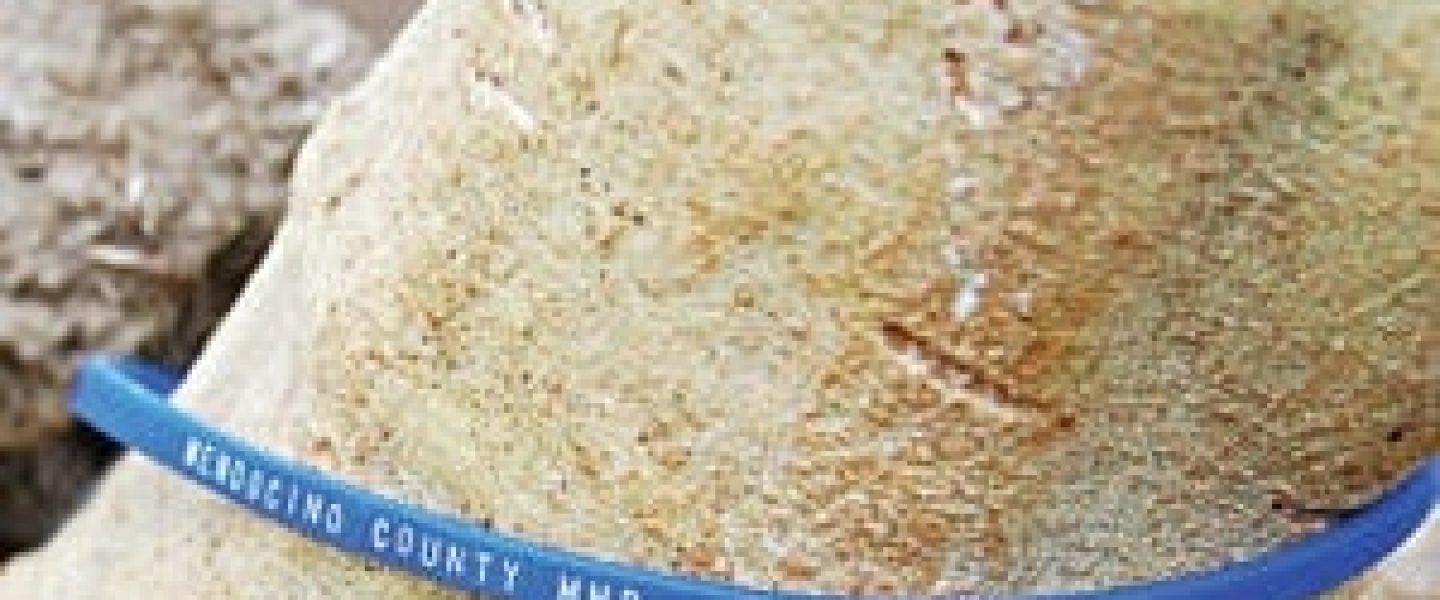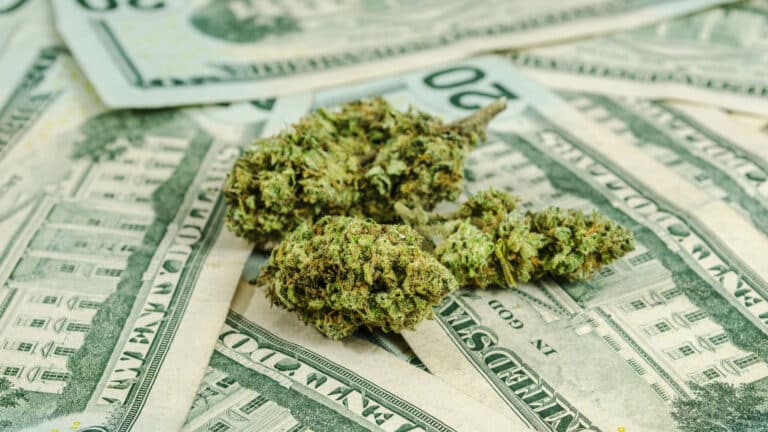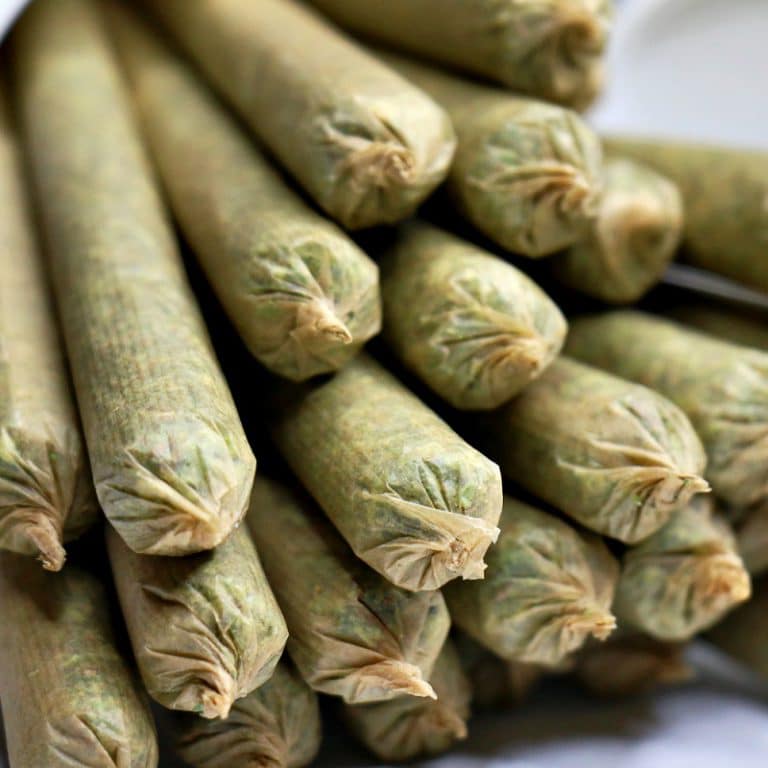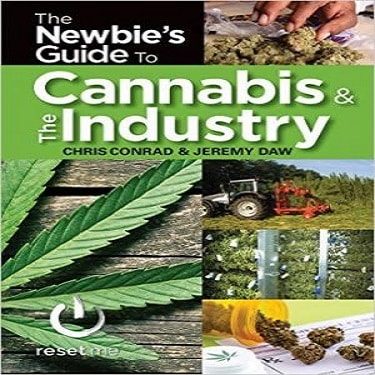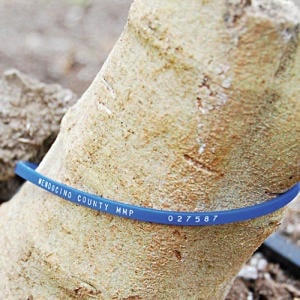 Note: In 2011, our Drug Peace Bumblebee Doug Fine followed the efforts of sustainable, locavore cannabis farmers in Mendocino County, California to organize a taxpaying industry through a trade group called MendoGrown, today expanded into the Emerald Growers Association (to include other counties in the famous top shelf cannabis growing region). Fine attended several of the group’s meetings, and this section, from his bestselling book on the topic of Mendocino County’s landmark “Zip-tie” Program, Too High to Fail, describes what he found. The Zip-Tie Program was a successful county effort to permit the local $6 billion cannabis industry. It allowed 99 plants per farm and mandated sustainability guidelines.
Note: In 2011, our Drug Peace Bumblebee Doug Fine followed the efforts of sustainable, locavore cannabis farmers in Mendocino County, California to organize a taxpaying industry through a trade group called MendoGrown, today expanded into the Emerald Growers Association (to include other counties in the famous top shelf cannabis growing region). Fine attended several of the group’s meetings, and this section, from his bestselling book on the topic of Mendocino County’s landmark “Zip-tie” Program, Too High to Fail, describes what he found. The Zip-Tie Program was a successful county effort to permit the local $6 billion cannabis industry. It allowed 99 plants per farm and mandated sustainability guidelines.
The clear and pervading spirit among the MendoGrown board members combined advocacy and ambition. It was optimistic. It was having a good time. I find it hard to sum up this outdoor-farming, progressive, Digital Age Ganjapreneur mind-set in a headline, a catchphrase, a strain name, if you will, because it has at once elements of market savvy, compassion, humor, and activism. But I’ll try. Maybe it’s a future called Redneck Hippie Capitalism.
If so, it’s one that will see a higher corporate tax rate than most businesses enjoy today. Every single Zip-tie grower I spoke to during the 2011 season—of more than a dozen—said he is so delighted to be an open, law-abiding citizen that he is willingly paying even the unique taxes slapped on cannabis in California. This in an era where GE and ExxonMobil funnel billions in profits offshore, legally, and pay no federal corporate income tax.
The most obvious instance of special cannabis taxation, which is itself another indication of the maturation of and overall outlook for the industry, is the California Board of Equalization’s ruling in 2011 that cannabis, while indeed a medicine as the voters said it was, is for some reason also going to be the only medicine for which the purchaser is required to pay state sales tax. In Willits, the rate is a small-fish-nipping 7.75 percent. California generated $100 million in cannabis taxes in 2011.
The cynical might say that these sustainably minded small fish are in the phase of their industry’s development where it is to their advantage to present themselves as good corporate citizens. Market watchers of the burgeoning industry in California, Colorado, Maine, and elsewhere can be forgiven for sniping, “Sure, they’re Hippie Capitalists now, but just wait until the consolidation phase. Wait until the real money starts moving in.”
Maybe, but what I see, what feels like the dominant raison d’être for the regional Green Rush movement, is that enough grandchildren of the hippie generation have learned that “peace and love and fairly traded, local, organic” products are the goal; these represent the ideal way for humans to exchange goods. But—and this part is vital—if you pretend the market doesn’t exist, you end up as a fifty-year-old seasonal bud trimmer living in his buddy’s RV.
So this time these grandkids are out to make a living while saving the world. The MendoGrown model probably most closely follows the business MO of the Doctor Bronner’s Magic Soap company. This is the Ivory soap of the American organic food co-op, distinguished by the label, which is covered in prophetic prayers. The grandson of the famously gifted if verbose founder, like all the company’s executives, only makes five times more than the company’s lowest-paid employee. He also makes sure the company buys some of its olive oil from an orchard worked jointly by Israelis and Palestinians.
Which is not to completely dismiss the cynics. In an industry that seems to be growing daily, there are a lot of ways this can play out, from more prohibition on the one hand (unlikely) to legally mandated cannabis medicating areas at public universities on the other. And there sure are bigger fish circling this pool: the venture capitalists. A lot in this early stage is jostling—the company that gets the most buzz is the one that generates headlines and investors.
For Wall Street, this kind of “emerging market,” might very well lead to exactly the Coors-ization feared by many established black market cannabis farmers who oppose legalization, and implied in the Budweiser billboard that still haunts my dreams. At the Willits Food Bank, I met a cultivator doing community service who urged me to examine the “crazy complicated” red tape surrounding tobacco cultivation. “That’s what’ll happen to the small farmer,” he told me of cannabis legalization as we stuffed grocery bags full of yogurt, nuts, and excess Safeway sponge cake.
I did look it up and he’s correct: Section 40 of Title 27 of the Alcohol and Tobacco Tax and Trade Bureau’s regulations has 534 subsections[C1] , nearly all composed in legalese[C2] . [DF3] No question the law favors big growers.
But the Mendocino County cannabis industry was only accelerating in 2011. Even the Ganja tourism avenue, with its grape, mushroom-picking, and redwood-frolicking templates profitably in place, has already begun. I saw it myself.
When I dashed off (with a wave to my stooped neighbor watering her cannabis garden with her dachshund) to an August 2011 herbalist talk about medicinal cannabis tinctures and recent cannabinoid research at an upscale coastal collective, I arrived at an event that was hopping: Locals and tourists alike were at the lecture, at least forty of them. I myself contributed more than a hundred real tourism dollars to the local economy that day, between my Thai lunch, my afternoon kayaking excursion, and the arrowroot my Sweetheart asked me to pick up at a local market for our younger son’s diaper rash.
The dream for the collective’s manager, Gabriel Martin, is to broaden the appeal of the county’s visitor brand. As I made my way home from that entertaining workday on the coast, I remembered how one farmer at the seminar had evangelized the nascent cannabis tourism market: “Let’s get the word wine out of Mendocino’s current slogan, ‘America’s Greenest Wine Region’.” Get ready, I thought, for the Bud and Breakfast.
[C1]But the sections, titles, and subsections must be parts of a law administered by the bureau. This reads as though the bureau itself is divided into sections, titles, and subsections.
[C2]Any law would be written in legalese.
[DF3]The reason I mention it is that a small, local farmer would have difficulty navigating it: it’s designed for firms with legal departments. So I’d like to keep it.
Source: National Cannabis Coalition – make a donation

